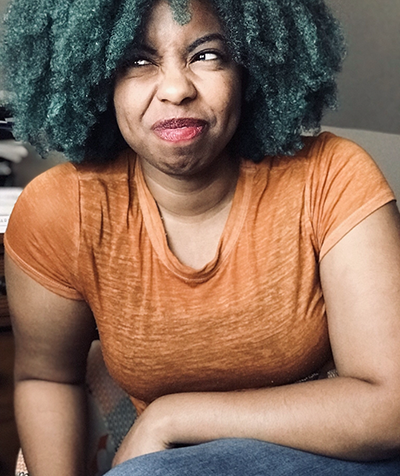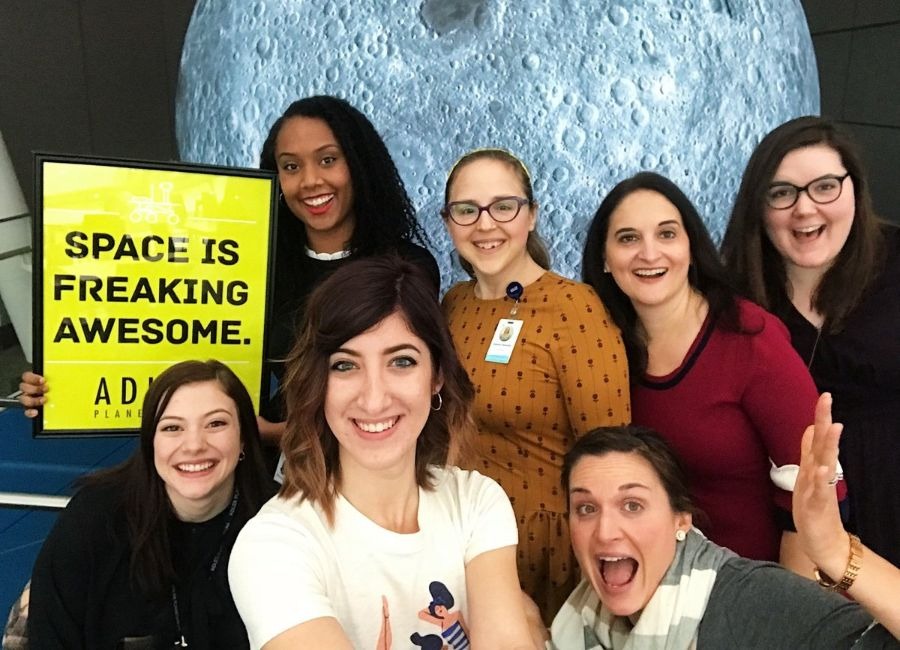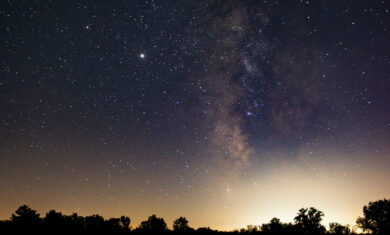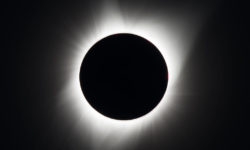Chicago’s Black Women in STEAM Series: Meet Miona

“Chicago’s Black Women in STEAM” is a series on The Adler ’Scope that highlights the awesome women of Chicago who are doing amazing things in science, technology, engineering, art, and math fields here in our own community. Meet women of varying ages, backgrounds, and interests and learn their unique stories.
Miona Short
Astrophysics, B.S.
Research Assistant at Harvard-Smithsonian Center for Astrophysics

What first sparked your interest in astrophysics?
In life, it was truly the first thing that attracted my attention. I can’t say what exactly it is about this field that breaks something open in me, but I’m grateful we found each other!
You are the first Black female to receive a B.S. in Astrophysics from the University of Wisconsin. What was it like to be the first to achieve such a task? Were there any obstacles you faced being a minority in your program?
Achieving my degree was probably the most difficult thing I’ve ever done. I didn’t always believe I could do it, but I knew I had to because this is the one consistent thing I’ve been drawn to my whole life. As far as being a Black woman in my program, feeling like an “other” in any space doesn’t feel good. Humans are hard-wired to crave community. Perhaps my expectations for what community meant to me at that time were too high, and I experienced disappointment as a result. Yet, there were some skills I gained that I would have never developed by living within my comfort zone. I learned to advocate for myself. I learned the value of documenting certain unfortunate circumstances so that authorities higher than myself could deal with them. I became better at restraining my tongue. If I spoke up every time I heard something racist or classist or sexist or just gross, I wouldn’t have lasted. Taking note of things is important, but now I’m more careful about what I allow to consume me. Most of all, I learned that the qualities that made me different have always been my best assets.
Can you tell us more about the work you’re doing at the Harvard-Smithsonian Center for Astrophysics?
I recently finished my contract with the CFA. I worked with Dr. Nia Imara and used ALMA data to analyze CO structures within dwarf galaxies, and I created a larger sample of dwarf galaxies to hopefully be observed by ALMA to further proceed with that work.
In the past, you have described seeing “poetry in the stars.” What does this mean to you?
The Universe is a gorgeous, manic mess of processes that we can see and identify, others we can identify, but can’t see, and more others that we can see, but not appreciate the full breadth of their nature. What I’m saying is that the Universe is oddly, beautifully, chaotically poetic. Being both an artist and a scientist, the craft that goes into learning each has produced some intense moments of awe and just ethereal joy for me. I recently read John Milton’s “On Time,” and it brings me to that place of quietude where my love for astronomy and my love of poetry just sit together.
What advice would you give to young girls of color who are interested in pursuing careers in STEAM?
Whatever part of STEAM you pursue, do so in favor of what speaks to you, not what impresses folks. If your validation doesn’t STEM (see what I did there?) from inside you, then you may be prone to privilege other’s opinions and judgments about what you do with your life. Instead, read “Invictus” by William Ernest Henley regularly until you believe it. I also love reading “FLEX” by Julián Randall and “Some Girls Survive on Their Sorcery Alone” by Thiahera Nurse.







